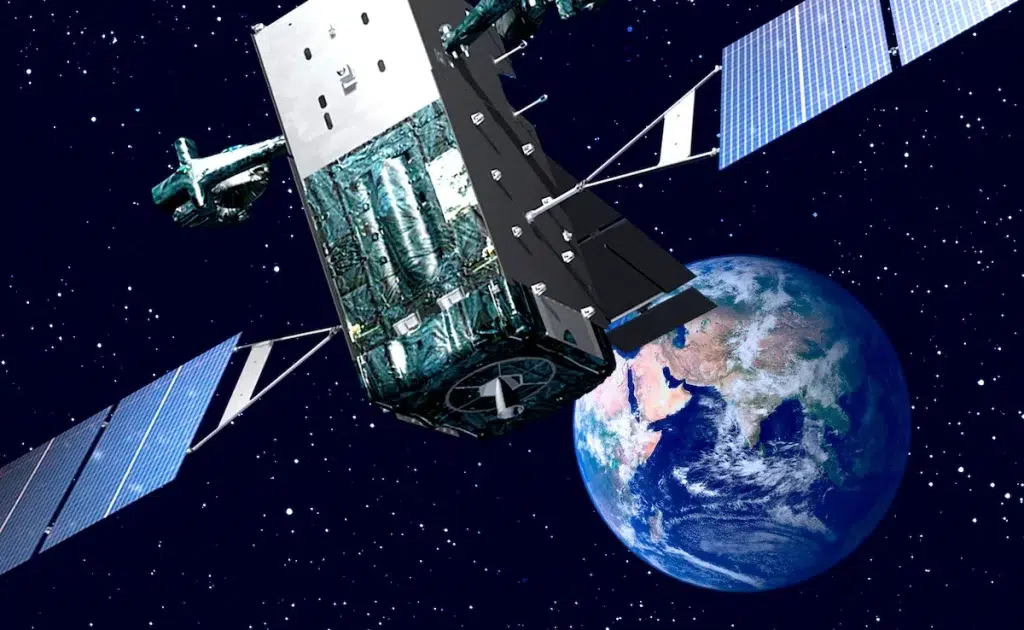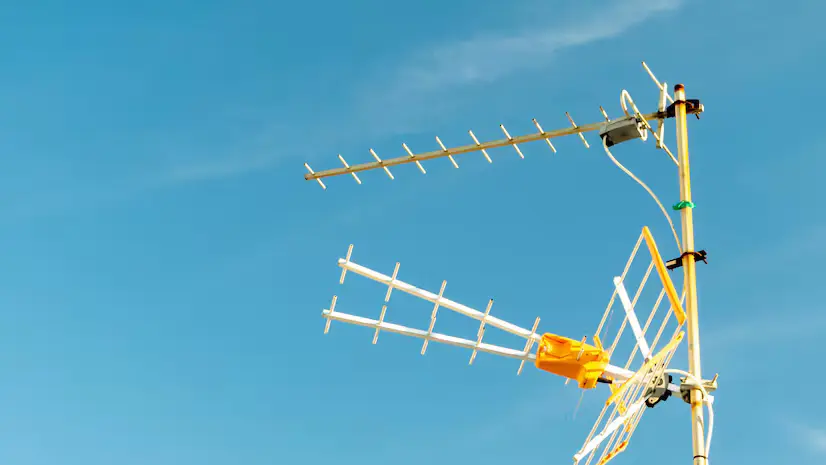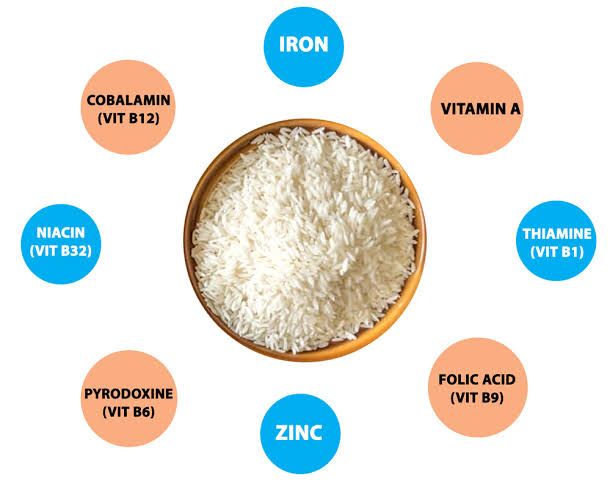What is the Golden Dome?
Air defence systems are an increasingly critical part of a nation’s military capabilities. Basically, they consist of interlocked, multi-tiered systems designed to detect, track, and intercept incoming ballistic weapons at various stages of flight.
Golden Dome is a space based air defence system of the USA. US President Donald Trump on May 20, 2025 shortlisted a design for the ‘Golden Dome’ missile defence shield and announced it’s detail.
The Golden Dome is inspired by Israel’s Iron Dome system — a short-range, ground-to-air, air defence system. But it is far more ambitious in scale and scope, and seeks to integrate “next-generation” technologies across land, sea, and even space.
The system will comprise, among other things, space-based sensors and interceptors. If this were to be true, this would make the Golden Dome the very first truly space-based weapon system.
As of right now, the use of space technology in defence has largely been restricted to reconnaissance. Satellites provide crucial targeting and other data for Earth-based weapon systems such as long-range missiles, guided munitions, etc.

How does the Golden Dome work?
Exactly how they will work is still unclear. But according to the initial plans, the system will comprise thousands of small satellites orbiting Earth, which will intercept an enemy missile mere moments after it is launched.
The outermost layer will be the Space-Based Infrared System, or SBIRS, which will be paired with ground-based radars to red flag incoming aerial threats by relying on satellites. The proposed Golden Dome differ with other existing Air Defence System, with the introduction of interceptors to be launched from space.
Orbital weaponry, that is, weapon systems placed in an orbit, is not a novel idea. It has been conceptualised and even designed by the US and Soviet Union during the Cold War, and even Nazi Germany during World War II.
Present Air Defence System of the USA
Ground-Based Midcourse Defense, or GMD, is the backbone of the US’ defence against intercontinental ballistic missiles. The GMD uses ground-based interceptors deployed on the West Coast to stop missiles during their midcourse phase.
At sea, there is the Aegis Ballistic Missile Defense, or BMD, which employs warships to engage short- to intermediate-range ballistic missiles. The Aegis initiative was implemented by President Barack Obama in 2009, when he shut down missile sites in Poland (much to Russia’s relief) and fitted upgraded SM-2 surface-to-air missiles on US Navy warships.
Sitting inside the BMD is the Terminal High Altitude Area Defense, or THAAD, a mobile, land-based, hit-to-kill system that can intercept short-, medium-, and intermediate-range ballistic missiles in their terminal phase.
Incidentally, the THAAD is also in Israel; in December last year it was used to intercept a ballistic missile reportedly fired from Yemen by the Iran-backed Houthis.
For shorter range ballistic missiles and other threats in the terminal phase, the US relies on the Patriot Advanced Capability-3, or PAC-3, interceptor missiles. These are also part of a plan to counter possible deployment of Chinese hypersonic weapons in the Pacific.
Dertails about the Israel’s Iron Dome
The Iron Dome is at the inner part of Israel’s anti-missile system. The outer layers are ‘David’s Sling’ for mid- to long-range missiles, and Arrow-2 and Arrow-3, for long-range ballistic missiles.
It can intercept targets up to 70km away and has a claimed 95 per cent ‘kill rate’.
Each Iron Dome battery is made up of three main sections: a radar detection system, a computer to calculate the incoming rocket’s trajectory, and a launcher that fires interceptors if the rocket is deemed likely to hit a built-up or strategic area.
‘David’s Sling’ can intercept targets up to 300km away and the Arrow systems up to 2,400km; Arrow-3 can hit long-range ballistic missiles even outside Earth’s atmosphere.
The former began operating in 2017 and the latter has been around since 2000, when the West Asian region was roiled after the First Gulf War of 1991.
And there is an upgrade coming for Israel – Iron Beam – a high-powered laser interceptor.
According to the Israelis.it can engage at the speed of light up to a range of several kilometers, has an unlimited magazine, almost zero cost per interception, and causes minimal collateral damage.
Comparison of the Golden Dome with Israel’s Iron Dome
The Iron Dome is a short-range, ground-based aerial defence system. It does not rely on satellites for any aspect of its functionality, even tracking. It primarily relies on radars to identify and track enemy targets.
Although Golden Dome will likely comprise radar and other ground-based targeting systems as well, its main selling point, thus far, is the deployment of space-based systems.
Israel is nearly 400 times smaller than the US, and consists of mostly flat desert terrain, which makes short-range interceptors ideal and cost-efficient for air defence. Moreover, its primary threats come from non-conventional actors like Hezbollah and Hamas.
The US requires a far more expansive air defence system. Most notably, the US must be able to defend against Intercontinental Ballistic Missiles (ICBMs), technology which both China and Russia — Washington’s two main geopolitical rivals — possess.
India’s integrated air defence system – an automated system integrates data from forces to combat aerial threats, and includes systems operated by the Army, Navy and the Air Force – was brought together under the Integrated Air Command and Control System.
The multi-layered system has a section to counter drones by firing air defence guns.
This is followed by a second layer that includes to-a-point defence systems to protect specific areas or assets; these include short-range surface-to-air missiles like the Spyder, Pechora, and OSA-AK.
The third is the medium-range surface-to-air missiles like the Akash and Indo-Israeli MRSAM. And the fourth, for area-defence, are long-range SAMs fired from the Russian-made S-400 and the fighter jets.
Hurdles for Golden Dome
Trump said the defense shield would cost some $175 billion, and will be operational by January 2029, when his term ends. But industry experts are skeptical of both this timeline and estimated cost.
Conclusion
Technologically speaking, the idea behind Golden Dome is not far-fetched. But it is untested, and at the moment, more of a “concept”. This also makes projecting timelines and costs very difficult.
This space based air defence system also promoting other countries to weaponize the space and becoming threat for the space war.
Also refer:








